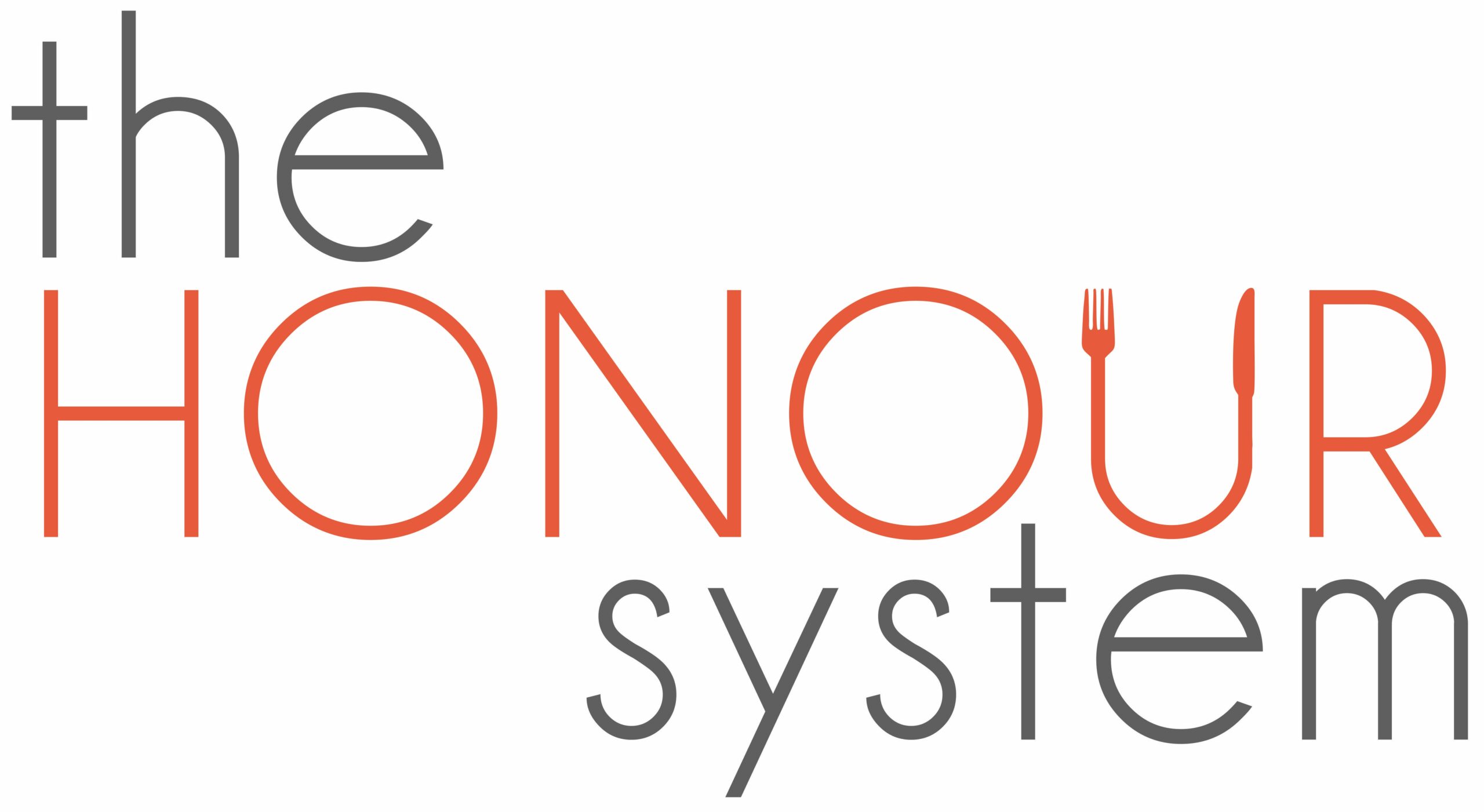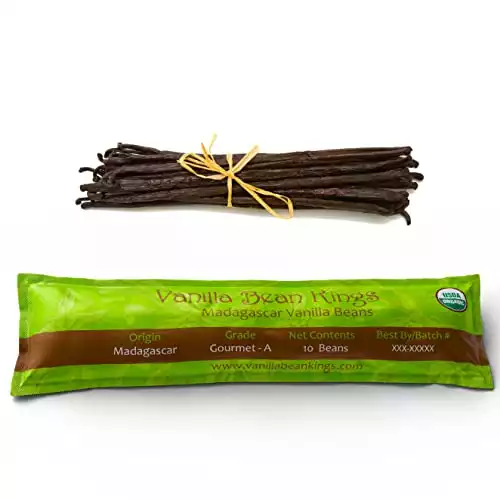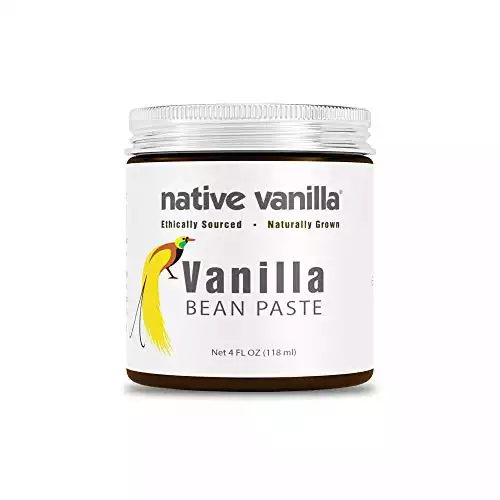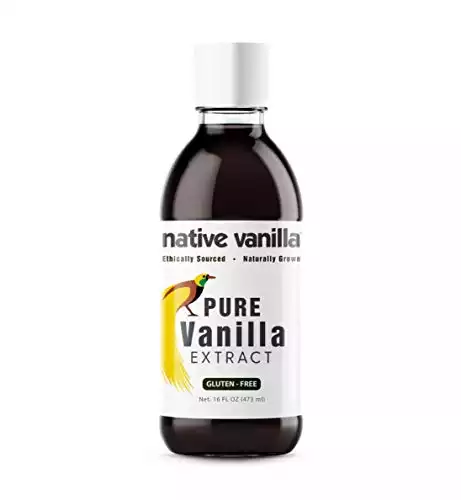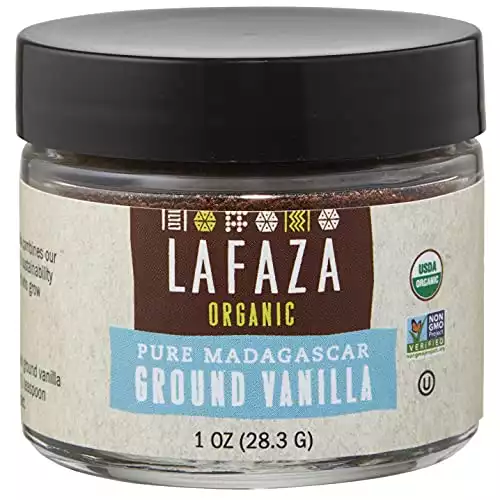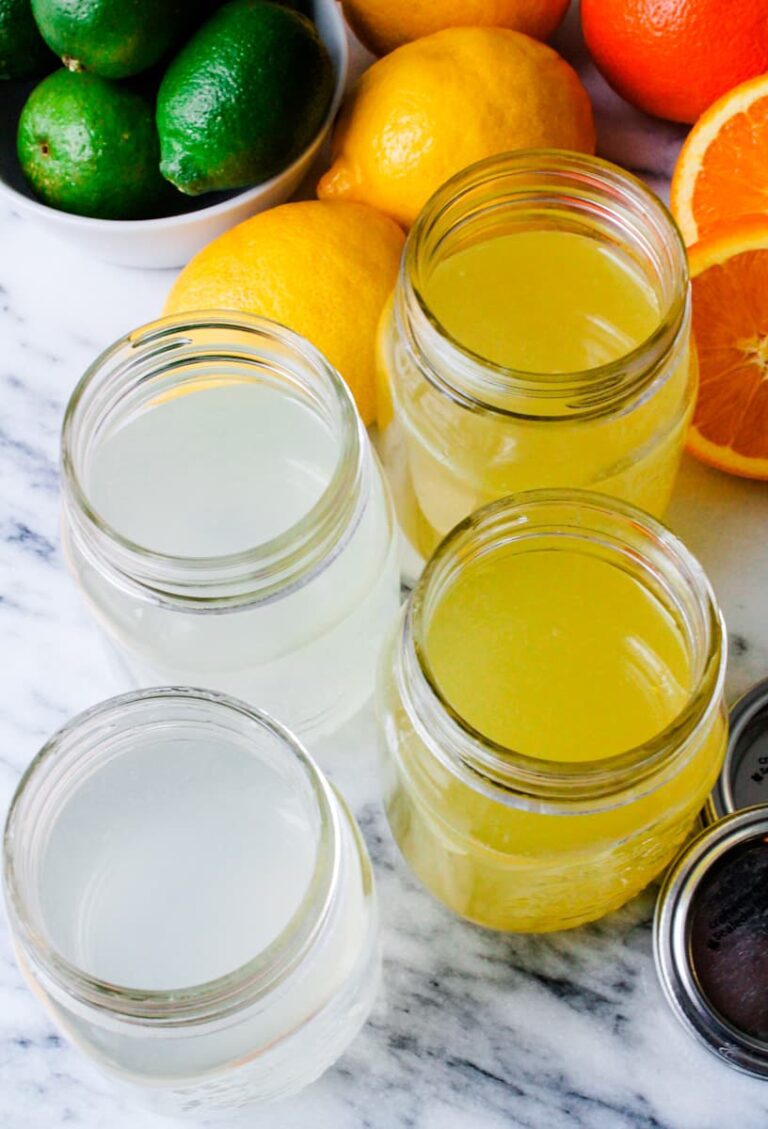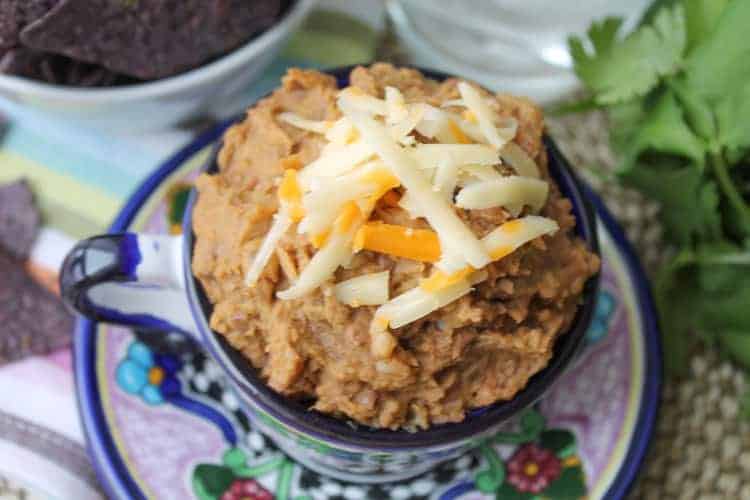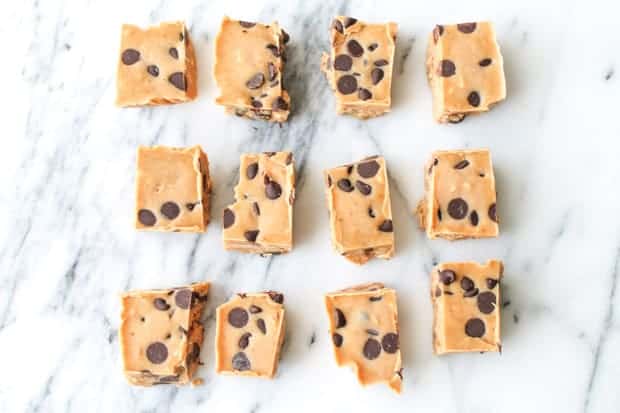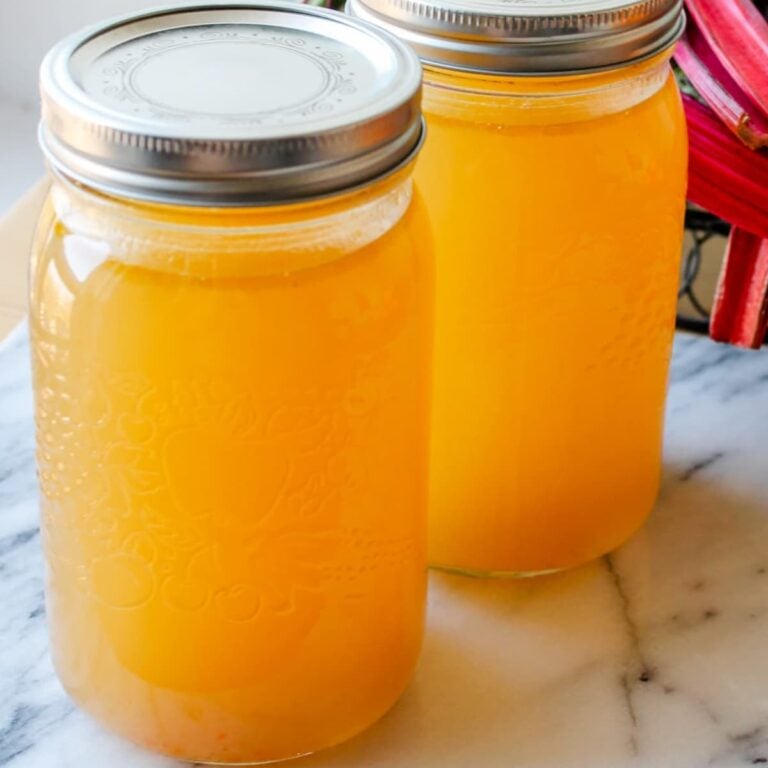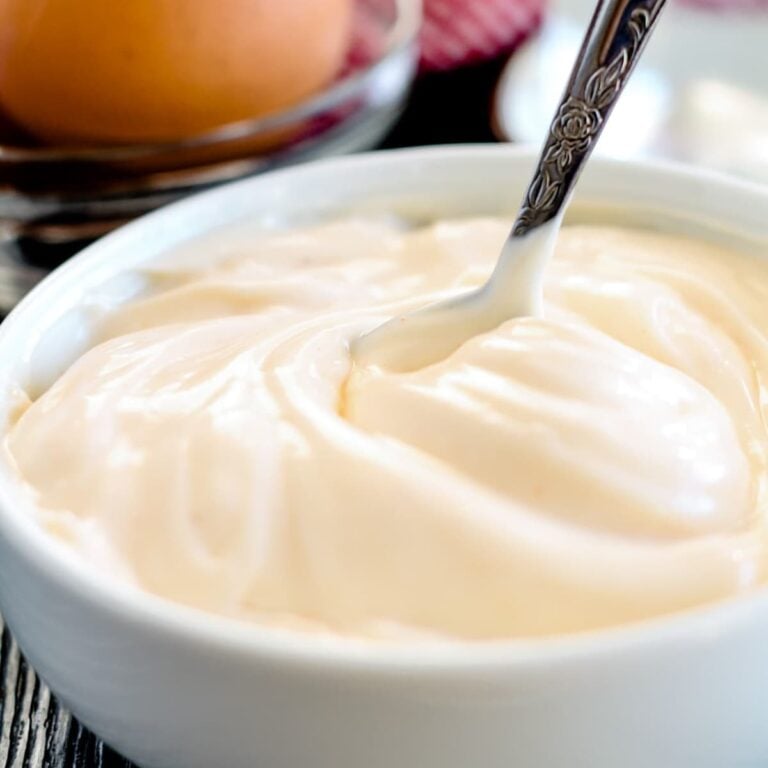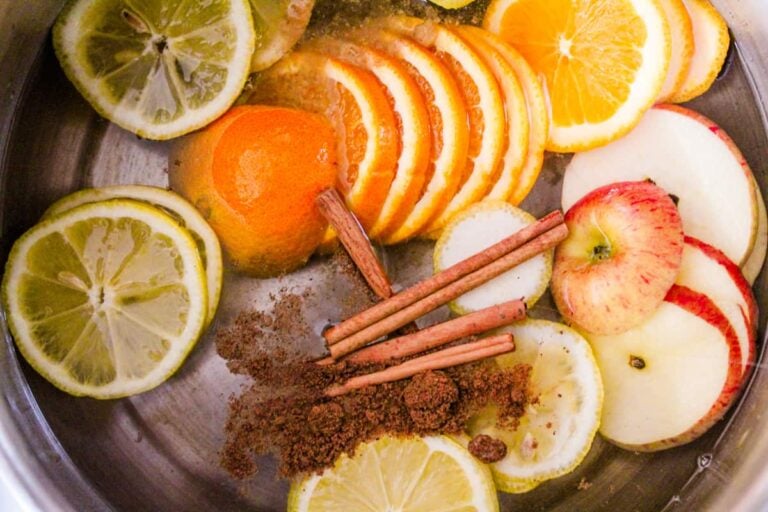How to Use Different Types of Vanilla
With its warm aroma and rich flavor, vanilla is a staple in every baker’s pantry. We cover all of the different types of vanilla from classic vanilla extract to the more specialized forms like vanilla paste and vanilla sugar. This versatile ingredient not only adds the most delicious flavor to all kinds of recipes but also brings a touch of sophistication to sweet and savory dishes.
As an Amazon Associate, I earn from qualifying purchases.
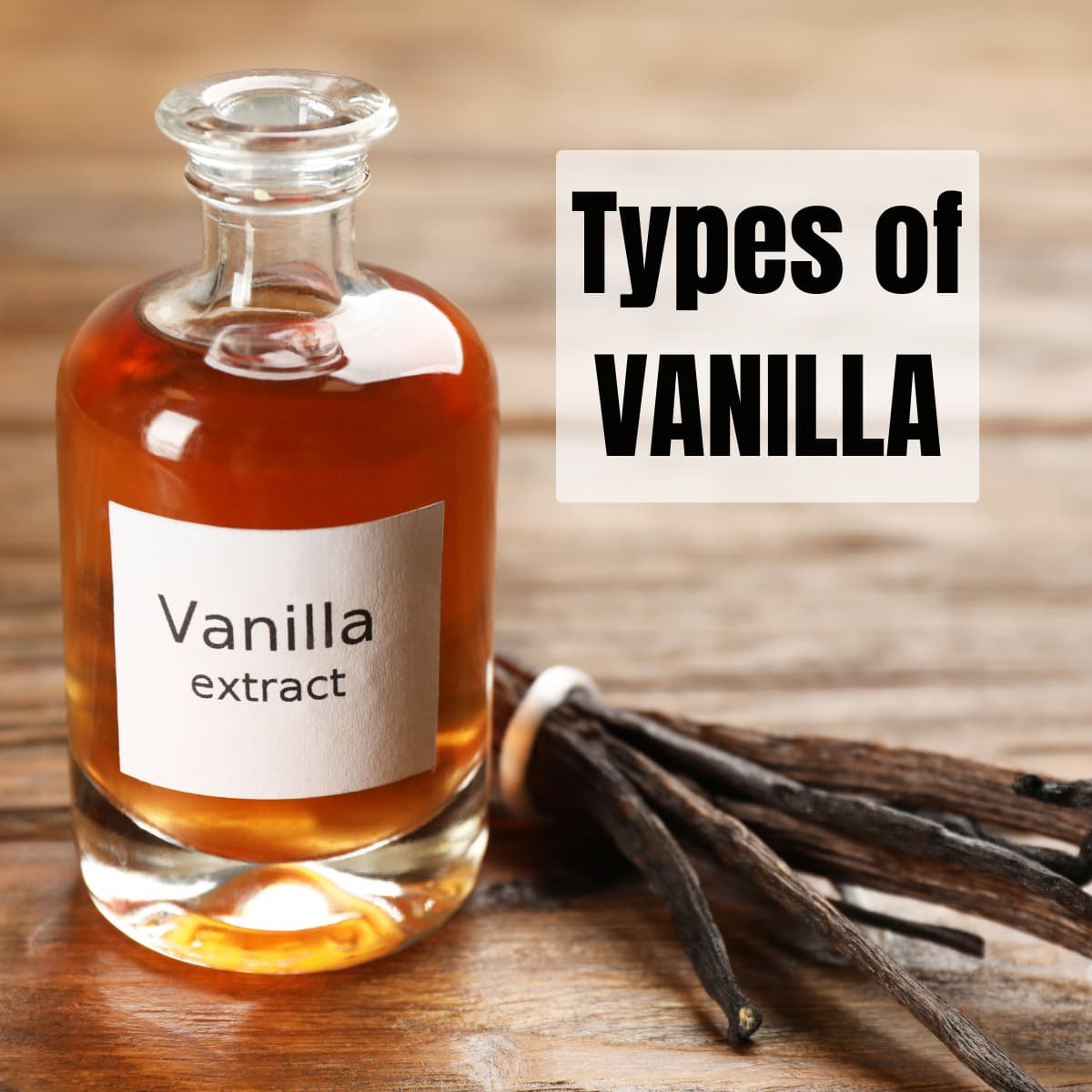
What is vanilla?
Vanilla is actually a vanilla orchid that produces bean pods, the foundation for all vanilla-based products. This tropical plant grows across multiple regions, with the best varieties coming from Madagascar, Tahiti, and Mexico, and each has its own unique flavor profile.
You can get vanilla in various forms, including whole beans, powder, extract, bean paste, and sugar. Experiment with them all to find your favorites. For the best flavor, source your vanilla from a company like Native Vanilla that specializes in the very best quality vanilla products. The pure vanilla extract really provides a more complex flavor than imitation vanilla extract.
Whole vanilla beans
Whole beans offer the most authentic and intense vanilla flavor.
Vanilla beans, with thousands of flavorful seeds, are rich and aromatic and contain both the tiny seeds and the aromatic oils from the vanilla pod. Using whole vanilla beans requires a bit more effort, but the results are worth it. I love using them in a variety of recipes that will show off all of the tiny seeds, such as ice creams, custards, infused syrups, sauces, drinks, and all types of baked goods like this rustic vanilla bean skillet cake.
Add it to this creamy Banana Nice Cream to make it something special.
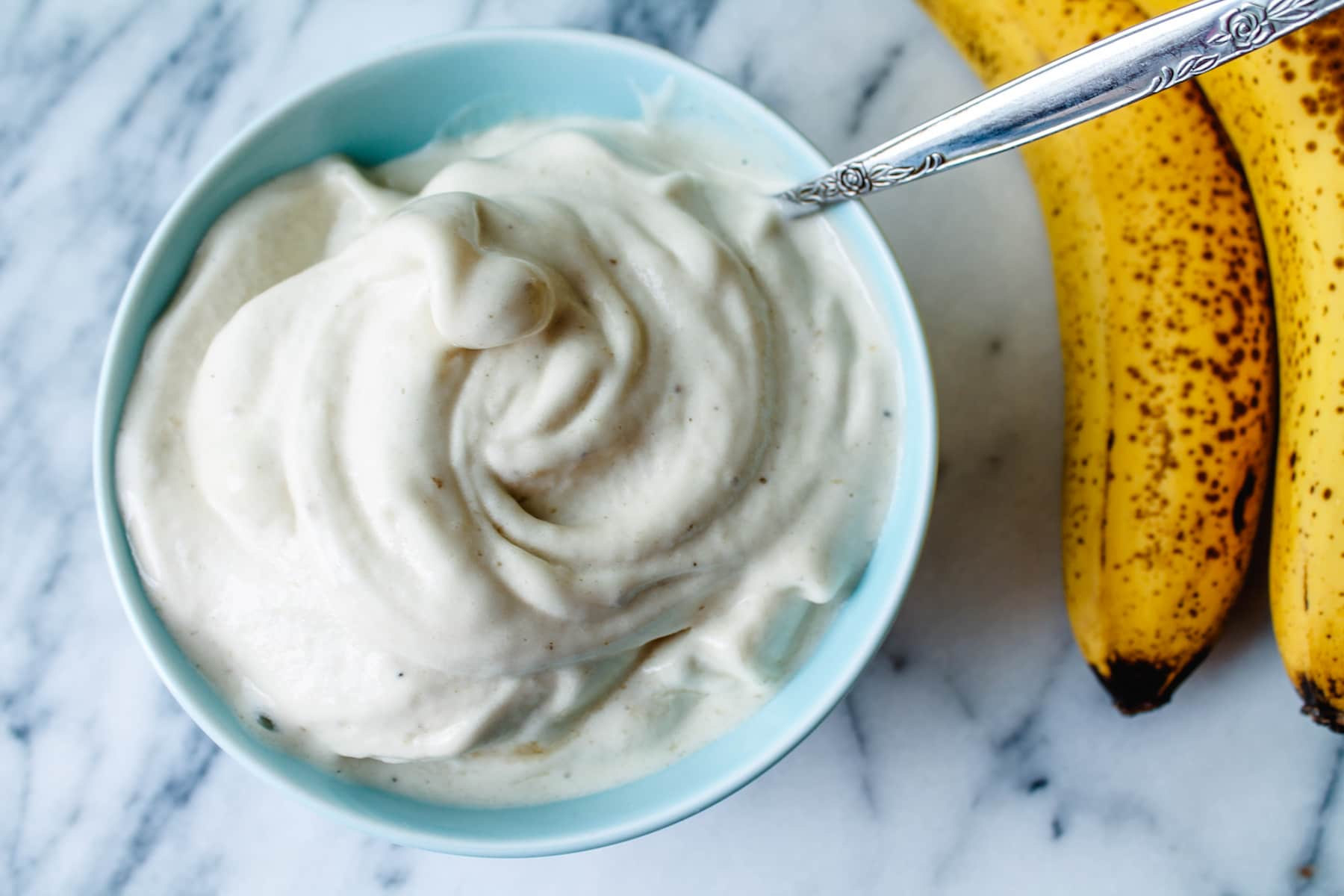
When a recipe calls for a vanilla bean, you first need to remove the seeds by carefully slitting the vanilla bean pod in half lengthwise using a sharp paring knife. Then scrape the pod from top to bottom using the dull side of the blade to remove the seeds and immediately use the seeds in your recipe.
There are different types of vanilla bean pods, but look for Grade A vanilla beans when baking, and opt for Grade B beans with their lower moisture content when making vanilla extract.
Equivalents
A single whole vanilla bean equals 1 tablespoon of vanilla extract. Depending on the size of the vanilla bean pod, you can expect ½ to 1 teaspoon of seeds.
Vanilla and coffee together is the ultimate flavor combination for me. I make a vanilla simple syrup with vanilla beans that is delicious in my morning lattes, as well as cocktails. Using real vanilla beans over extract gives a richer, more robust pop of vanilla flavor.
Susannah Brinkley, Feast + West
Vanilla bean paste
No vanilla bean? No problem; use vanilla bean paste for the same creamy flavor.
Vanilla bean paste is the ideal ingredient when you want to use vanilla bean seeds but don’t have a vanilla bean. This paste is made by blending ground vanilla beans with concentrated vanilla extract. The paste is smooth and velvety with tiny black vanilla seeds and the rich aroma of the vanilla pod.
The paste is a convenient alternative to costly vanilla bean pods and is perfect if you don’t need to use a whole bean in your recipe. You still get the great flavor and the visible vanilla specks.
When I know the seeds of the vanilla bean will be visible in a recipe, I like to use vanilla bean paste to see the seeds, like in this recipe for vanilla bean banana cake. You can add the paste to icing, custards, and sauces for added visual appeal.
Equivalents
Substitute vanilla bean paste with an equal quantity of vanilla extract.
Vanilla extract
Vanilla extract is a popular choice for adding flavor when baking. The liquid works well with a wide variety of ingredients and adds a subtle floral and sweet taste to baked goods. This versatility also makes it suitable for enhancing flavors in savory dishes and drinks.
Vanilla extract is perfect in this Vanilla Cold Foam.
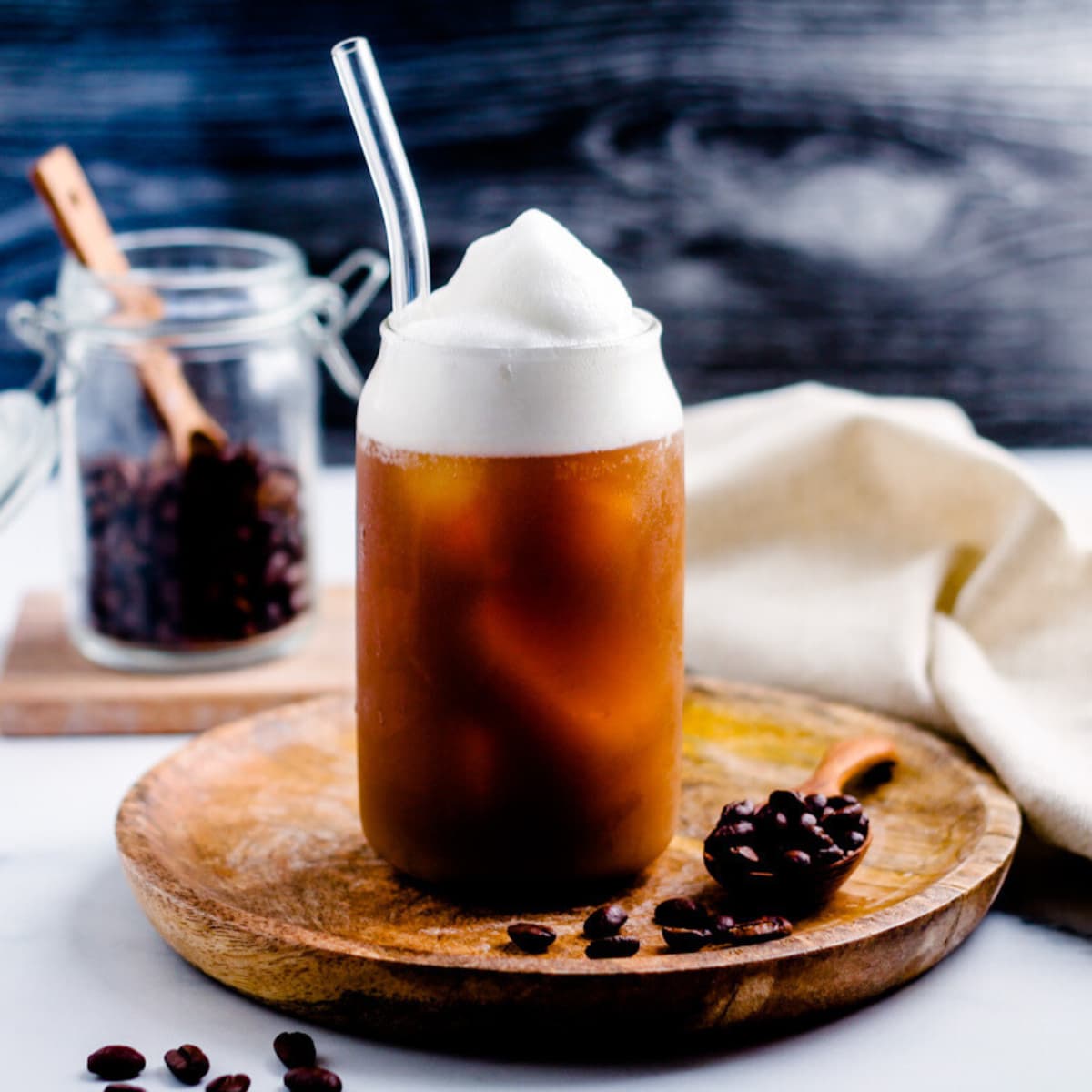
I’ve personally had a great experience with Native Vanilla Extract and love the deep floral aroma and the dark caramel color that always enhances my baked goods. For instance, when I make oatmeal cookies, it’s the vanilla that brings out the wonderful rich flavor. It might be worth trying out if you’re looking for a quality vanilla extract.
We use also Native Vanilla Extract in this comforting Warm Almond Milk.
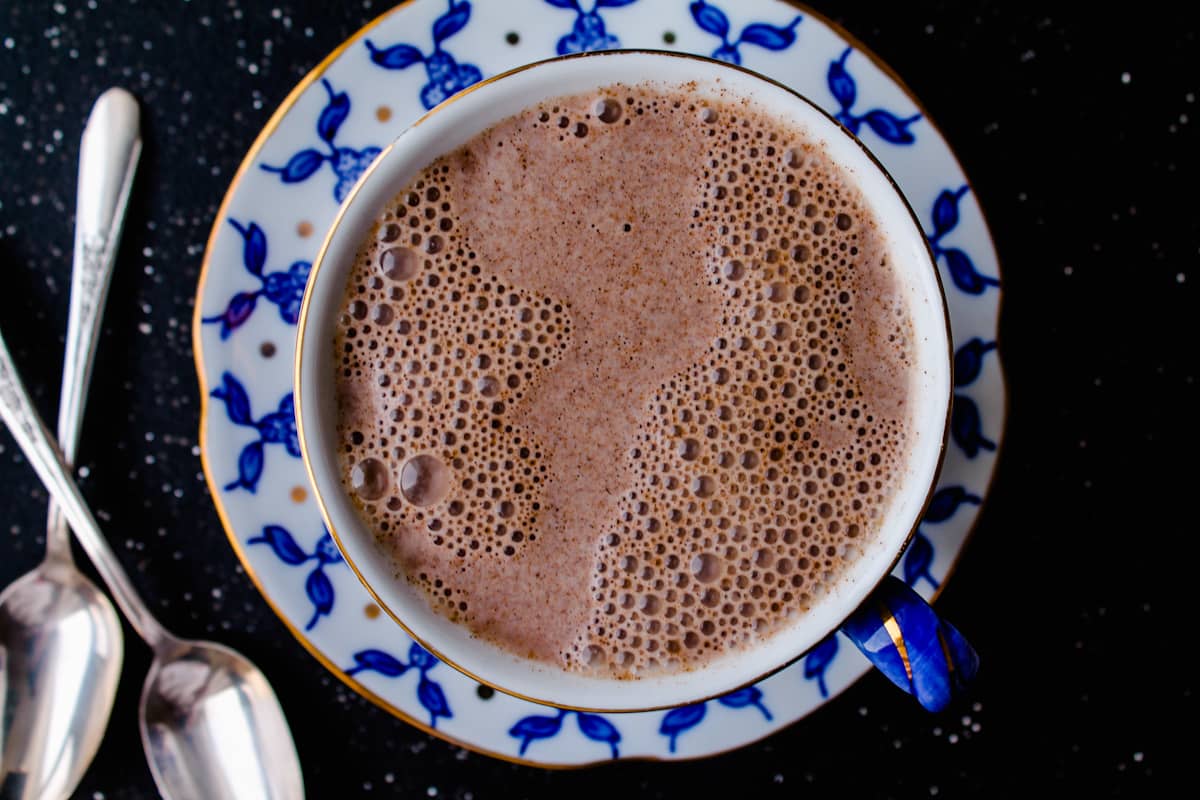
To qualify as an extract, vanilla extracts must contain a minimum alcohol content of 35 percent, making any product with a lower alcohol content a flavoring.
Vanilla powder
Experience the flavor of vanilla with the convenience of vanilla powder.
Vanilla powder is a dry, concentrated form of vanilla flavor made by grinding whole vanilla beans into a fine powder. Search for unsweetened vanilla powder to ensure you receive the finest taste and aromatic qualities.
Vanilla powder is a convenient alternative to using whole beans or vanilla extract. It’s perfect to use when you want vanilla flavor but can’t use the extract, such as on top of baked goods or when making a spice blend.
Vanilla powder is a great choice for those who prefer to avoid alcohol-based ingredients.
It adds rich vanilla flavor but, unlike vanilla extract, is alcohol-free. Try stirring vanilla powder into your yogurt, dusting your waffles or oatmeal with it or sprinkling it on top of your desserts for an instant infusion of vanilla flavor.
The method I particularly like for using vanilla powder is making a small batch of vanilla sugar. Just mix one cup of sugar with one teaspoon of vanilla powder. I add this to all kinds of recipes and even give jars of this sugar for gifts.
Equivalents
Use 1/2 teaspoon of vanilla powder in place of 1 teaspoon of vanilla extract.
Vanilla sugar
Enhance your recipes by incorporating the subtle sweetness of vanilla sugar.
Vanilla sugar is granulated sugar infused with vanilla beans, providing a delightful hint of vanilla flavor to your recipes. You can use it in any recipe that requires sugar. The potential uses for vanilla sugar are endless.
- Add the sugar to baked goods recipes or top your unbaked quick bread for a sweet and flavorful topping.
- Roll cookies in the vanilla sugar.
- Use in ice creams, sauces, custards, and whipped cream.
- Sprinkle vanilla sugar on top of bread or pies before baking for a sweet vanilla-flavored topping.
- Make a simple vanilla syrup by dissolving vanilla sugar in water to create a syrup to sweeten drinks or drizzle over desserts.
- Use vanilla sugar to rim cocktail or mocktail glasses for a sweet and aromatic touch.
I use vanilla not only in my baking, where it adds to the depth of flavor but also in some of my savory dishes. A little bit of vanilla extract in a pot of chili or beef stew, for example, or a vanilla bean with some butter when I roast fish in foil, really adds to the dish in ways you don’t expect. Try it!
Michelle Price, Honest and Truly
Discover the versatility of vanilla through Native Vanilla’s rich vanilla paste, sweet vanilla sugar, whole vanilla beans, and more. Native Vanilla manufactures naturally farmed, sustainably sourced, high-quality vanilla, allowing you to enhance flavors in desserts and beverages using these different types of vanilla, each with its own unique and irresistible appeal.
If you tried any of these types of vanilla, let us know how it turned out by leaving us a comment below. We’re always interested in feedback!
Be sure to follow us on social media! We love pinning to Pinterest, sharing on Facebook, and posting pics on Instagram. See you there. 🙂
As an Amazon Associate, I earn from qualifying purchases.
This article originally appeared on Food Drink Life.
